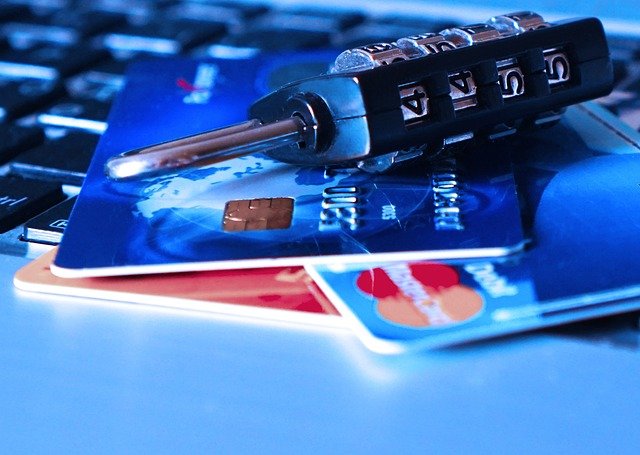Secure checkout practices to protect your payment details
Secure checkout practices help reduce fraud, protect cardholder data, and maintain customer trust during online purchases. This article outlines actionable steps retailers and buyers can take at checkout, from verifying secure connections and payment tokens to monitoring alerts and handling delivery and returns securely. These measures work together to keep payment details safer across devices and channels.

How does ecommerce checkout affect security?
A secure ecommerce checkout starts with encrypted connections and proper handling of payment data. Merchants should enforce HTTPS with strong TLS versions, avoid storing full card numbers unless absolutely necessary, and adopt PCI DSS compliance steps when processing cards. Tokenization replaces sensitive data with non-reversible tokens, reducing exposure. Buyers should confirm the site uses a valid certificate, check for clear privacy and payment terms, and prefer merchants that display security seals and transparent policies. Secure checkout reduces the chance of interception, unauthorized access, and downstream fraud.
What payment methods reduce risk?
Certain payment methods and settings lower exposure to stolen data. Digital wallets and tokenized card-on-file solutions minimize repeated transmission of raw card numbers. Enable two-factor authentication (2FA) for merchant dashboards and customer accounts to limit unauthorized changes. Require CVV for card-not-present transactions and use Address Verification Service (AVS) to compare billing addresses. For recurring payments, store tokens instead of card details. Payment gateways that support fraud scoring and device fingerprinting add additional layers of protection for both buyers and sellers.
How can mobile checkouts stay secure?
Mobile checkouts require special attention because phones can introduce new attack surfaces. Use vendor-provided mobile SDKs that implement secure key storage, certificate pinning, and tokenization to avoid exposing credentials. Encourage in-app biometric authentication for returning customers and enforce short-lived session tokens. Keep apps and libraries up to date to benefit from security patches, and avoid logging sensitive fields. On the buyer side, avoid public Wi‑Fi for payments or use a trusted VPN. Mobile-optimized checkouts should balance convenience with strict data-handling controls.
How do alerts and reviews help detect fraud?
Real-time alerts and monitoring are critical to spotting suspicious activity early. Merchants should configure transaction alerts for unusual amounts, rapid repeat purchases, or new shipping addresses. Buyers can enable notifications from banks or card issuers to verify charges quickly. Customer reviews and reputation systems also surface potential red flags—consistent reports of unexpected refunds, delivery failures, or unauthorized charges merit caution. Combining automated fraud detection with human review of flagged orders helps reduce false positives while catching actual fraud attempts.
What delivery and returns practices protect payments?
Delivery and returns policies influence payment safety. Use address verification and require signature confirmation for high-value orders to deter fraudulent claims. Consider shipping holds or delayed refunds until proof of return is received, and verify returned items before issuing full refunds. For digital goods, enforce license controls and single-use redemption codes. Clear, well-documented return processes reduce disputes and chargebacks, protecting both merchant revenue and payment system integrity. Coordinate with carriers to track delivery milestones and reconcile them with payment settlements.
When evaluating payment solutions, compare transaction fees, available fraud tools, and global coverage to balance cost and security. Below is a concise comparison of commonly used payment platforms and their typical cost structures. Choose providers based on regional availability, required features (tokenization, chargeback handling, fraud scoring), and integration needs.
| Product/Service | Provider | Cost Estimation |
|---|---|---|
| PayPal Checkout | PayPal | Typically around 2.9% + $0.30 per transaction for standard domestic card payments; rates vary by country and volume. |
| Stripe Payments | Stripe | Typically around 2.9% + $0.30 per transaction for domestic cards; custom pricing available for larger volumes and international processing. |
| Adyen Payments | Adyen | Fees vary by region and acquiring bank; often a percentage plus a fixed fee, commonly within 0.6%–3% + fixed cents depending on card type and country. |
| Square Online Payments | Square | Online card rates often near 2.9% + $0.30; in-person and card-present rates differ. Regional variations apply. |
Prices, rates, or cost estimates mentioned in this article are based on the latest available information but may change over time. Independent research is advised before making financial decisions.
Conclusion
Secure checkout practices combine technical safeguards, careful payment method selection, and operational policies around delivery and returns. Implement TLS, tokenization, fraud scoring, and clear alerts while monitoring reviews and chargeback patterns. For mobile and web experiences, keep integrations current and favor providers that support strong authentication and dispute tools. Regularly review pricing and feature trade-offs from payment providers so security measures align with business needs and customer expectations.





